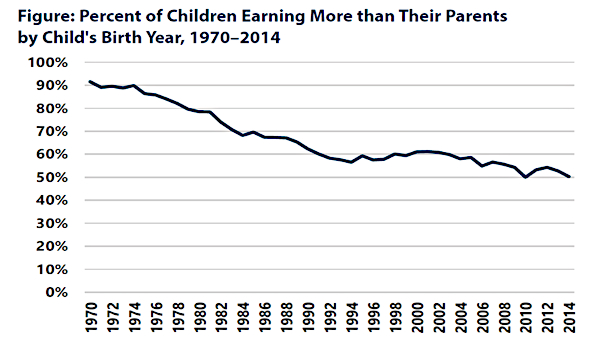Thinking of Action
By Milad S. (Khiaban #18 / July 8, 2009)
The purpose of this note is to point out some of the obstacles to the expansion of the Iranian communists' activities.
1. For taking further and well-thought steps, we have to discard a number of erroneous notions. The first misconception is to perceive contemporary Iran as a 'post-revolutionary' society. Iran is not in a post-revolutionary situation, in which another revolution is necessary. The current movement is a new sequence of the revolutionary process that started in 1978. The internal conflicts of the ruling factions, the machinery of oppression and the forms that people's struggle take, their slogans and demands, all these are parts of a historical period that started by the Iranian Revolution in 1978-79. We should perceive the present popular movement in such a broader context, and discard any prevalent sort of sociological analysis, even those that in appearance seem class-based. We will explain this.
This means that the movement that started on June 15 [2009] is a continuation of the people's struggle in answering questions, which they themselves had posed in the society through the overthrow of Shah's regime: How can we establish freedom, independence and a people's republic in Iran? How can we run the society based on people's sovereignty, and without relying on any of the pre-capitalistic institutions, without the royal court and its allies? The first answer, the Islamic Republic, has failed that test. It was not the Iranian revolution that failed the test; such a statement is meaningless, those political alternatives pertaining to the first sequence however failed. The revolution itself is still young.
This is not to say that the course of the events, forms of the struggle and the behavior of the forces in this sequence are a repetition of what happened between 1977 and 1980. Quite the contrary, this movement is different in form and content, and its enemy is not the classic dictatorship of the Shah, but an Islamic regime, which emerged from the same revolutionary process and claims to have inherited the demand for republicanism, freedom and the independence of the Iranian people (this is a reference to the emblematic tripartite central slogan during winter 1978-79_ trans. note).
In the historical events of June 15, this claim was unambiguously taken back from the ruling regime. When Mousavi and the Participation Front [jebhey-e mosharekat] end up in opposition to the main symbol of the Islamic Republic, i.e., velayat-e faqih [rule of religious jurists], and in effect stand alongside the people (not just in words, but in its social objectivity), this is indicative of the fact that the Islamic Republic separated its path from that of the revolution, which amounts to the political suicide of the regime. From this point on, the 1979 revolution will anew seek its own identity and fate, is no longer an Islamic revolution as this regime called it; what it is will be determined by this very movement in its references to that revolutionary memory. The easiest example is the 'Allah-o Akbar' slogan. The slogan was used first time during the uprising in 1978-1979. Today, it is employed against the regime that once had transformed that symbol of protest to an ideological alibi for establishing political Islam. By employing the same phrase, people indicate the radical level of their demand that goes beyond the phrase. People are employing the religious Arabic wording 'Allah-o Akbar' as a metaphor for something else in Persian: Death to the dictator. Here the content goes beyond the phrase. If we don't see this difference, we will misunderstand people's slogans and, worst of all, we will move away from the people and leave the initiative to others. Therefore, in the first instance, any radical political force in Iran must synchronize its behavior, position and outlook with the calendar and sequences of the Iranian Revolution.







No comments:
Post a Comment